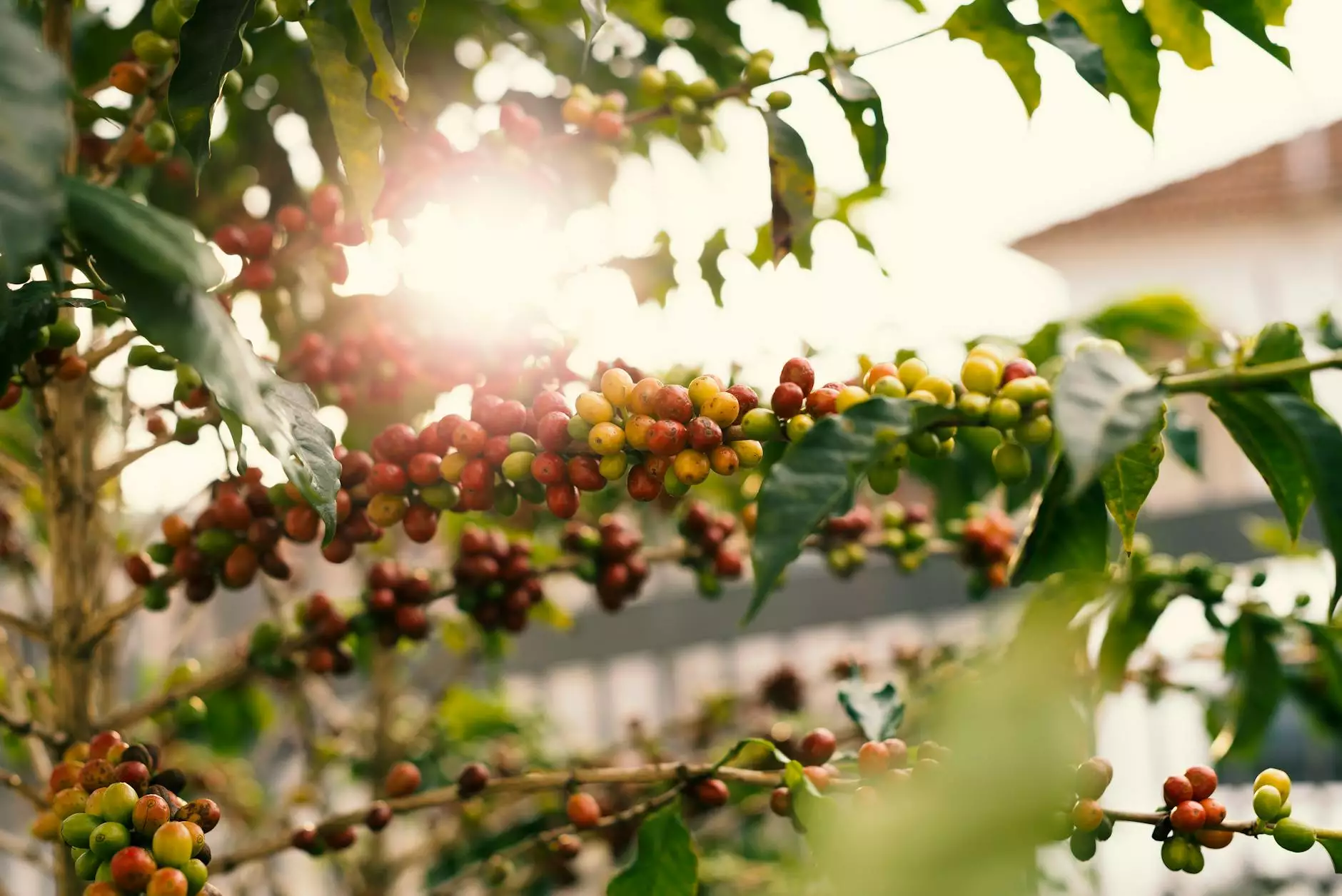Grain Temperature Monitoring Systems: A Key to Successful Farming

In the world of agriculture, ensuring the quality and safety of harvested grains can significantly impact a farmer's profitability. One of the most effective tools in achieving this is the implementation of grain temperature monitoring systems. These systems play a crucial role in managing stored crops, preventing spoilage, and ensuring optimal conditions for grain preservation. This article will delve into the specifics of these systems, their benefits, and why they are essential for modern farming.
Understanding Grain Temperature Monitoring Systems
Grain temperature monitoring systems are specialized technologies designed to monitor and manage the storage conditions of grains. They typically include sensors that measure the temperature and moisture levels within storage facilities like silos or grain bins. These systems often integrate with software that provides real-time data and can alert farmers to potential problems.
The Importance of Temperature Control
Temperature control is one of the most critical factors in grain storage. Grains are living organisms, and as such, they continue to respire even after harvest. This respiration generates heat, which can lead to temperature fluctuations in storage. If not carefully monitored, these fluctuations can result in:
- Spoilage: Higher temperatures can accelerate spoilage, leading to loss of quality and quantity.
- Pest Infestation: Warmer conditions can attract pests that can damage the stored grains.
- Mold Growth: Excess moisture combined with warm temperatures encourages mold, which poses serious health risks and can render grain unfit for sale.
How Do Grain Temperature Monitoring Systems Work?
Most grain temperature monitoring systems consist of several key components:
1. Temperature Sensors
These devices are installed within the grain mass and periodically measure the temperature. Some advanced systems also measure humidity, which is vital since moisture content directly affects grain quality.
2. Data Logger
A data logger collects and records the information received from temperature sensors. It allows farmers to track temperature trends over time, aiding in making informed decisions.
3. Communication System
Modern systems often utilize wireless communication technology to transmit data to a centralized dashboard, accessible through computers or mobile devices, ensuring farmers can monitor conditions from anywhere.
4. Alarm and Alert System
If temperatures rise above or fall below preset thresholds, the system triggers alerts, allowing for timely intervention.
Advantages of Implementing Grain Temperature Monitoring Systems
The integration of grain temperature monitoring systems into farming practices offers numerous advantages:
1. Enhanced Crop Quality
By maintaining optimal storage conditions, farmers can ensure that the quality of their grain remains high. This is essential not only for consumer satisfaction but also for producers who aim to maximize profitability through premium pricing.
2. Prevention of Losses
With the ability to detect temperature changes early, farmers can take preemptive measures to avoid spoilage, saving significant costs associated with damaged goods.
3. Pesticide and Fungicide Reduction
Biodiversity is essential in farming, and by maintaining ideal conditions, farmers can minimize the use of chemical treatments, thus enhancing the sustainability of their operations.
4. Regulatory Compliance
Many regions have regulations around food safety and quality. Using grain temperature monitoring systems can assist farmers in adhering to these regulations by providing documented evidence of storage conditions.
Choosing the Right Grain Temperature Monitoring System
When considering the adoption of a grain temperature monitoring system, it is vital to evaluate various factors:
1. System Compatibility
Make sure the system is compatible with existing storage facilities and integrates well with other farming technologies.
2. Cost-Effectiveness
Consider the long-term return on investment. While initial costs may seem high, the savings from avoiding spoilage and loss can outweigh these expenses.
3. User-Friendly Interface
Opt for systems that offer intuitive interfaces, making it easier for all staff members to operate it without extensive training.
4. Technical Support and Warranty
Choose suppliers that provide solid customer support and comprehensive warranties to ensure peace of mind and less downtime.
Case Studies: Success Stories Using Grain Temperature Monitoring Systems
Across different regions, numerous farmers have successfully implemented grain temperature monitoring systems with significant positive outcomes. Here are a couple of illustrative examples:
1. The Smith Family Farm
Located in Iowa, the Smith family saw a significant decrease in grain spoilage after installing a comprehensive monitoring system. With real-time alerts, they managed to intervene in time, saving over 30% of their previous grain losses during peak storage months.
2. Green Valley Farms
In California, Green Valley Farms integrated grain temperature monitoring with their existing irrigation management tools. They reported that the increase in crop quality led to a 20% rise in sales, validating the decision to invest in this technology.
Future Trends in Grain Temperature Monitoring
The agricultural landscape is continually evolving, and the future of grain temperature monitoring systems looks promising. Innovations such as:
- Artificial Intelligence: Enhanced predictive analytics for better decision-making.
- Blockchain Technology: Improved tracking of grain quality through the supply chain.
- Internet of Things (IoT): Greater connectivity among devices for seamless monitoring and automation.
Conclusion: Invest in the Future of Your Farming Operations
In conclusion, adopting grain temperature monitoring systems is not just an option but a necessity in today’s competitive agricultural market. By leveraging modern technology, farmers can enhance the quality of their grains, prevent losses, and comply with safety regulations. As the industry continues to innovate, those who invest in these systems today will undoubtedly reap the benefits for years to come. The journey towards optimal grain storage starts with understanding and implementing these vital systems.
For more information on grain temperature monitoring systems and how they can transform your farming operations, visit tsgcinc.com.









